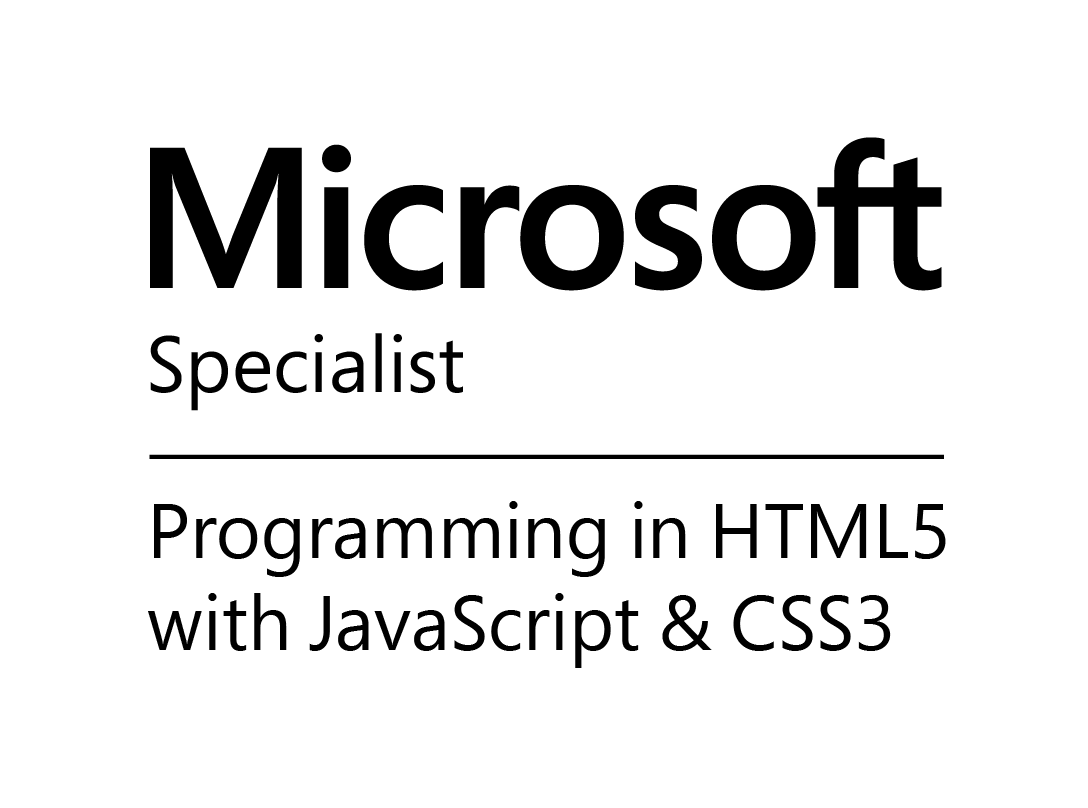Understand Microsoft Lists Comments VS Conversation when using Microsoft Teams
Microsoft Lists allows you to create comments for each item and this feature comes handy for scenarios where you have multiple users reading or modifying information in the same item.
Comments are available in all versions of Microsoft Lists however when using a list in Microsoft Teams this feature and the Teams application conversation can be easily mix-up potentially leading to a loss of information.

To prevent this from happening you should be aware of both features and know when to use each one, in the following image you can observe:
- The list item comment section
- The list application conversation

Comments must be used when you want to share information, on mention someone about a specific list item. The information added to this section will be stored in the context of the item and is accessible from any Microsoft Lists application or SharePoint.
Conversations on the other hand must be used when you want to share information with your team about the whole list. When using this feature you should take into consideration the information shared using this Microsoft Teams conversation is not propagated to other Microsoft Lists applications and only exists in the channel where you wrote it.
A list conversation will end-up as a new thread in the channel chat as illustrated in the following image, other users can reply to the content directly from the thread in the chat without the need of opening the list.

Now that you know the difference between Microsoft Lists comments and Microsoft Teams conversations make sure you select the correct one when collaborating with other and make sure you pass the message along to your team members.

 HANDS ON tek
HANDS ON tek
 M365 Admin
M365 Admin










No comments yet